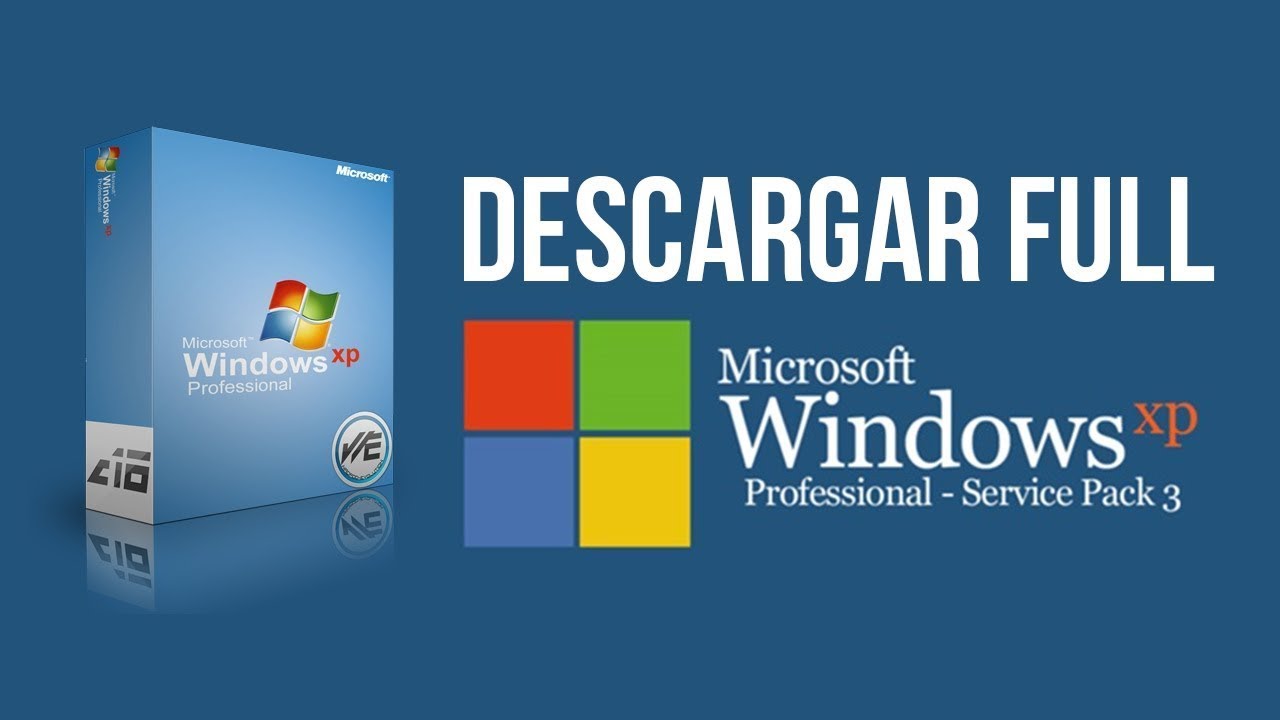
For instance, Windows XP SP3 does not include Windows Internet Explorer 7, although Windows XP SP3 does include updates to both Internet Explorer 6 and Internet Explorer 7, and it will update whichever version is installed on the computer. Microsoft is not adding significant functionality from newer versions of Windows, such as Windows Vista, to Windows XP through XP SP3. For example, the service pack includes functionality previously released as updates, such as the Microsoft® Management Console (MMC) 3.0 and the Microsoft Core XML Services 6.0 (MSXML6). Windows XP SP3 includes all previously released Windows XP updat es, including security updates and hotfixes, and select out-of-band releases. Windows Vista provides the most advanced security and management capability, but for PCs that cannot be upgraded to Windows Vista right now, Windows XP SP3 ensures these PCs have all available updates and allows these PCs to leverage some new Windows Server 2008 capabilities, such as Network Access Protection (NAP).

For customers with existing Windows XP installations, Windows XP SP3 fills gaps in the updates they might have missed-for example, by declining individual updates when using Windows Update. Windows XP SP3 provides a new baseline for customers still deploying Windows XP. It also includes select out-of-band releases, and a small number of new enhancements, which do not significantly change customers’ experience with the operating system. Windows XP Service Pack 3 (SP3) includes all previously released Windows XP updates, including security updates and hotfixes. To make it easier for customers to get these updates and enhancements, Microsoft periodically combines them into a single package, and makes that package available for all Windows customers.

As part of this effort, Microsoft develops updates, fixes, and other improvements that address issues reported by the company’s customers and partners. Microsoft works to continually improve the performance, security, and stability of the Windows operating system.


 0 kommentar(er)
0 kommentar(er)
